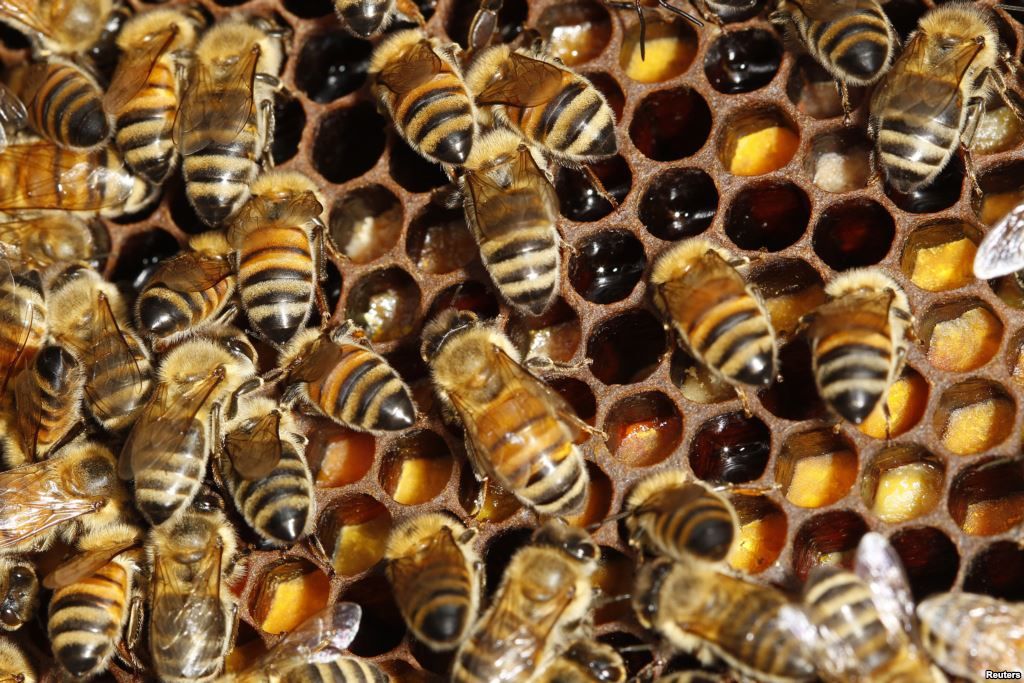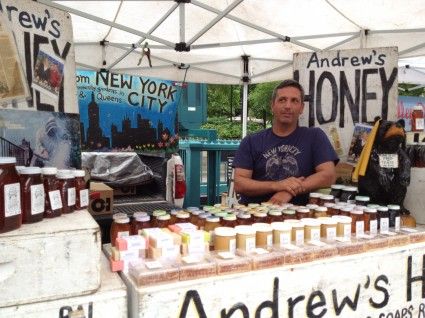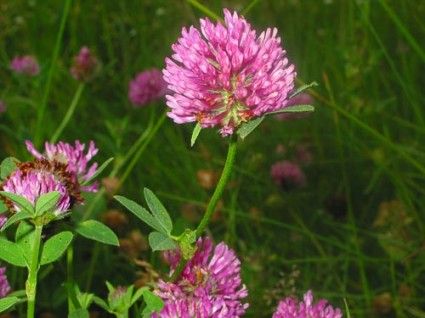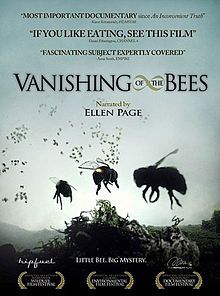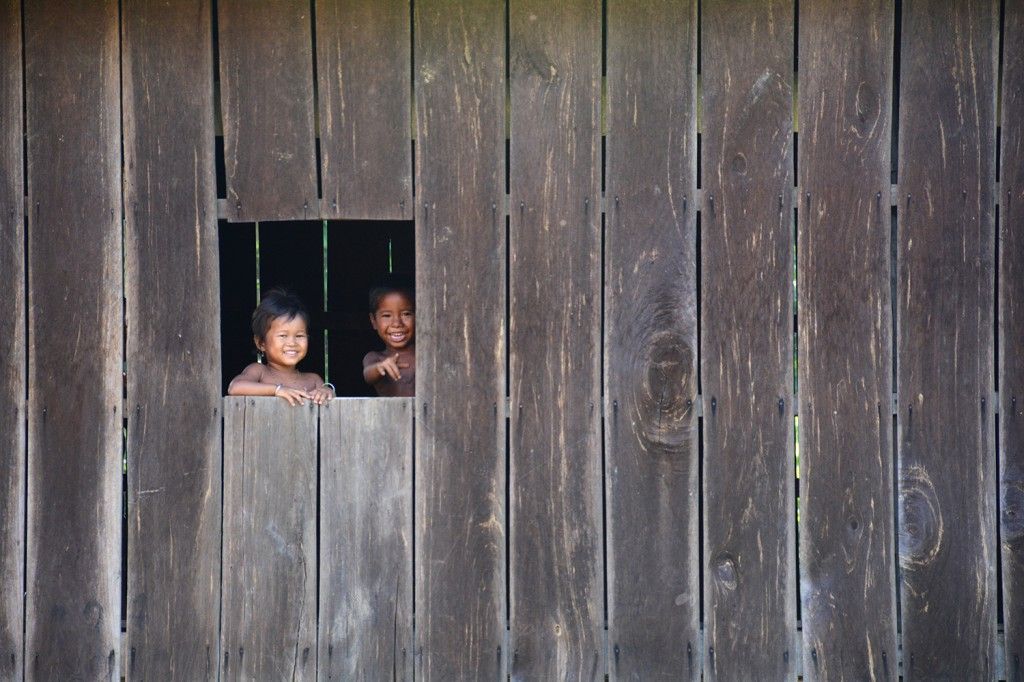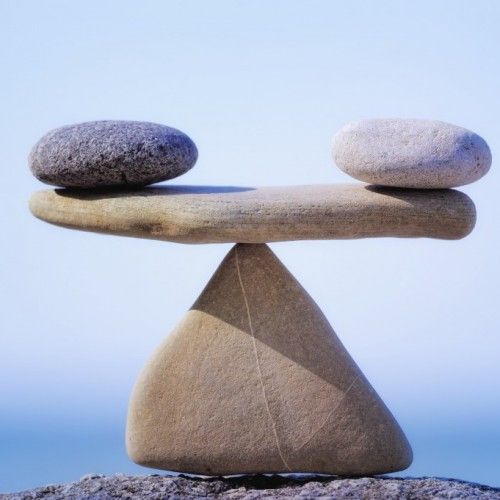9 Tips to Avoid Distracted Living and Become Mindful
Texting while driving has killed thousands in the US and states have passed legislation to outlaw, “distracted driving.”
I’m trying to reduce my own tendencies of “distracted living.” Although it’s not as deadly as distracted driving, distracted living can have negative consequences leading us to seek instant gratification instead of spiritual truths and causing us to miss out on what’s happening in the present moment.
Society has programmed us to live this way: we’re bombarded by hundreds of advertisements each day, we spend countless hours sitting behind computer screens, and we communicate with each other instantaneously via electronic devices.
On a typical weekday, a five minute snapshot of my morning looks something like this: a pop+up advertisement window to an interesting article, a text message from a friend, a business idea comes to me, a random thought about the past surfaces…. I’ve been struggling to focus on the present moment.
It’s a challenge and a goal for me to “Be here now” in whatever I’m doing and I often find my mind wandering. How can we slow down our “monkey minds” to increase stillness? Here are a few practices to help avoid distracted living and to incorporate mindfulness.
1. Turn the phone off
One of the best parts about traveling is being disconnected from the world and not having a phone. Instead of playing a meaningless iPhone game or having a trivial text message conversation, turn the phone off for an extended period of time. (a day, a weekend, day I say a week?)
Here’s a post w/ tips to reduce cell phone dependence
2. Go for a walk
When I’ve been sitting at the computer for too long, I’ll drop everything and go for a walk. Walking outside in nature is preferred but even a walk around a building inside can help you become more attuned with the present moment. Even if it’s only a 5 minute walk, it can change the complexion of your day.
3. Read a book
Whether it’s fiction or none, reading will help anxiety subside and help you become more present.
Photo of me reading at the beach, courtesy of Danielle Lussier:
4. Exercise
Exercise releases endorphins, increases blood flow, and helps us focus on the present moment.
5. Get in nature
No phone, no technology. Just you and the natural environment. You’ll notice all sorts of life forms around you and be inspired by nature’s inherent beauty.
“There is nothing quite like immersion in Nature to restore a sense of wholeness to the soul.” ~Tim Miller
6. Meditate
I have a friend who meditates in several short bursts throughout the day while he’s at work. He’ll turn his back from the computer and focus deeply on the present moment for short spans of time (30 seconds, 1 minute.) He says it helps him to be more aware and creative throughout the day.
A Short and East Meditation for Beginners
Great tips on how to create a relaxing home meditation space: here.
7. Do a few yoga postures
It’s wild how doing two or three yoga postures can drastically change your day. Instead of reacting to external stimuli all day, you’re able to move the prana (energy) and blood throughout your body. Your spine and chakras become realigned and you start to feel alive 🙂
A one minute standing forward bend will drastically improve your day by sending prana to your brain, stretching your hamstrings, and activating your spine thus decreasing anxiety and calming the mind.

8. Turn the TV off
There are some people who literally cannot sleep without the TV on (I used to be one of them.) How can one listen to what’s going on within their own body if they’re always being bombarded with external stimuli such as TV and cell phone messages?
9. Breathe
Not the automated breathing that we use 99% of the time. Instead, the yogic, ujjayi breathing that steadies the mind. It’s incredible what 3 deep, even, focused inhales and exhales through the nose can do.
Click here for more tips on how to feel alive naturally.
What are other tips to be more aware of the present moment and to reduce distracted living?




